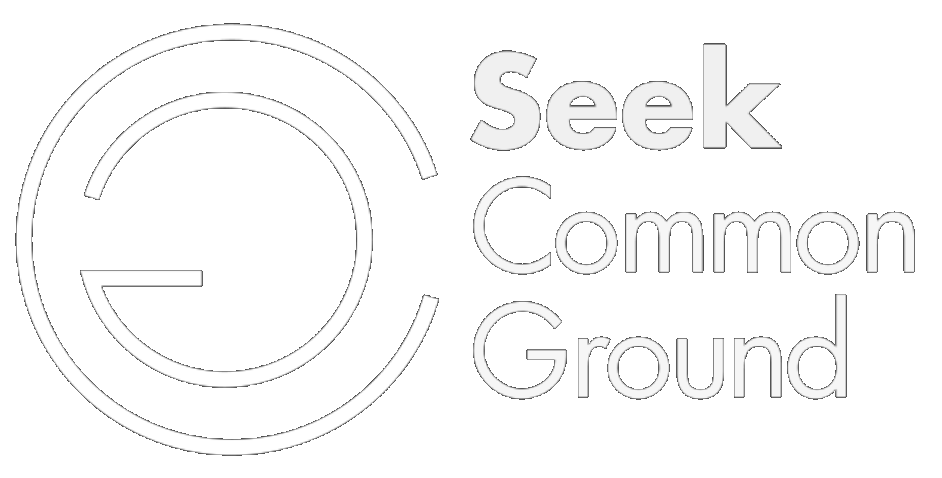Mission: Improve the quality of life for all citizens of Louisiana by raising awareness, advancing sound public policies, holding government accountable, and fostering civic leadership. Council for a Better Louisiana values cultural diversity within its work and is dedicated to seeking and advocating solutions that will move Louisiana forward.
Project: CABL created a template and portal to track and report key academic responses to COVID-19 at the school district level.
Outcome: Identified gaps where policy changes or additional resources could be targeted to improve outcomes for schools, particularly those with high numbers of historically disadvantaged students.
collateral
One of the big issues that impacted public education when the COVID-19 outbreak hit the U.S. was the state of Louisiana’s technology infrastructure and how it would affect students who were suddenly moved from in-person instruction to a reliance on online learning.
CABL has worked with the Louisiana Department of Education to create a template and portal to track and report key academic responses to COVID-19 at the school district level. As districts are surveyed throughout the year, CABL will update these profiles with the latest data.
Article for The Advocate written by Will Sentell. Photo by Bill Feig.
The delivery of education in our schools has changed significantly as a result of the COVID-19 crisis, and the approaches school districts around the state are taking varies in many instances, as well. To help citizens better understand what individual districts are doing CABL has developed a series of school district-level profiles which help reveal the instructional landscape we see across Louisiana at this time.
On September 10, Governor John Bel Edwards authorized the state to move into Phase 3 reopening in Louisiana’s continuing response to COVID-19. While that had a significant effect on what many businesses could do in offering services to the public, perhaps nowhere was the impact more profound than in public education.
Student instruction was never supposed to stop, but in many cases it did, sometimes for weeks. Some districts were able to move quickly and adapt to the new realities, but most struggled, hampered by technology gaps that many education leaders were never quite able to overcome. To a large degree, the school year ended in confusion and growing uncertainty over the impact the school closures would have on Louisiana’s more than 825,000 public and private-school students.
As students return to school for both elementary and secondary classes and higher education, we all know the settings will be much different than any time before. The COVID crisis has led to a wide variety of approaches to instruction that are unprecedented, to say the least. One thing most of them will have in common is a new reliance on online learning.






